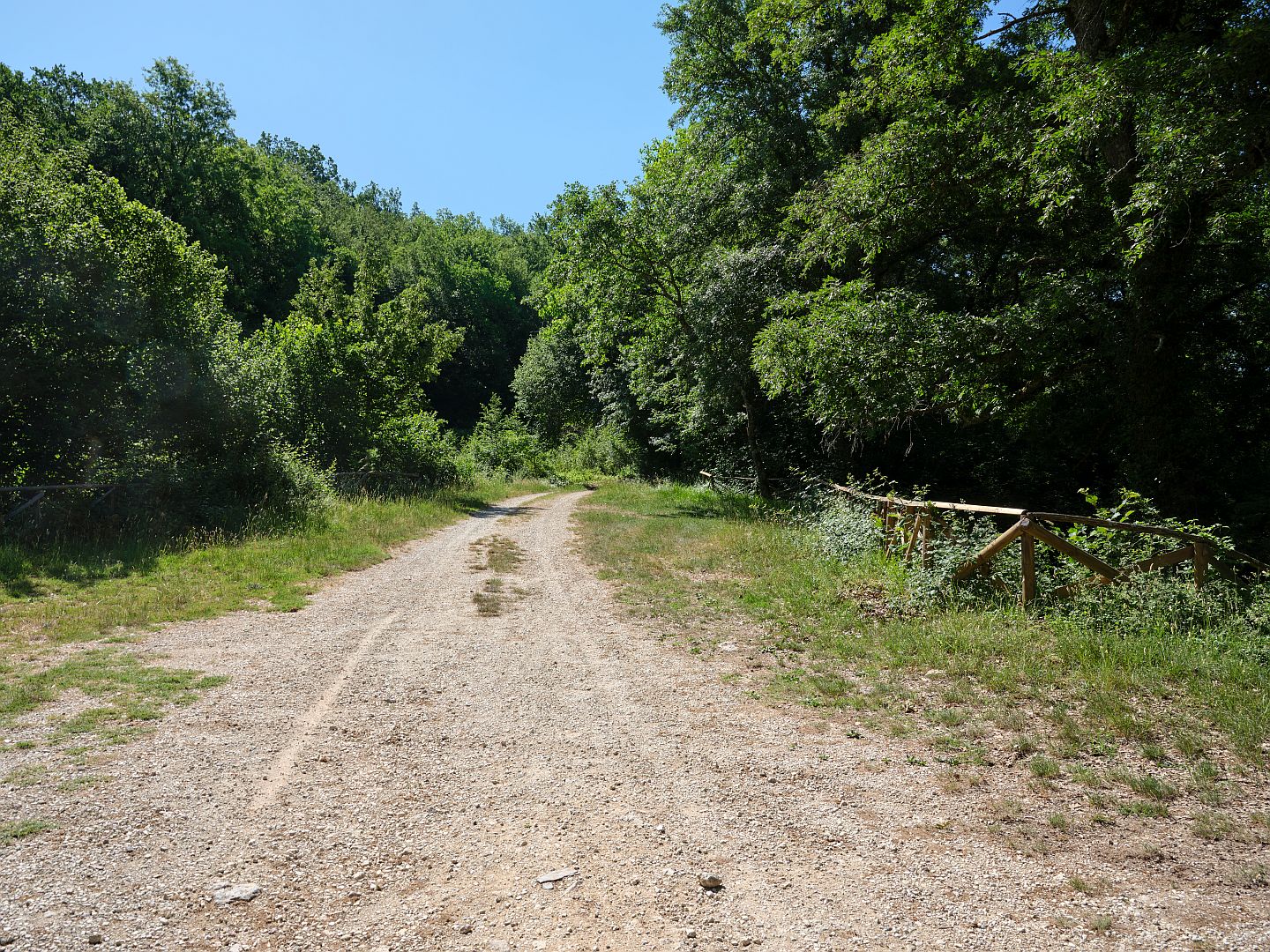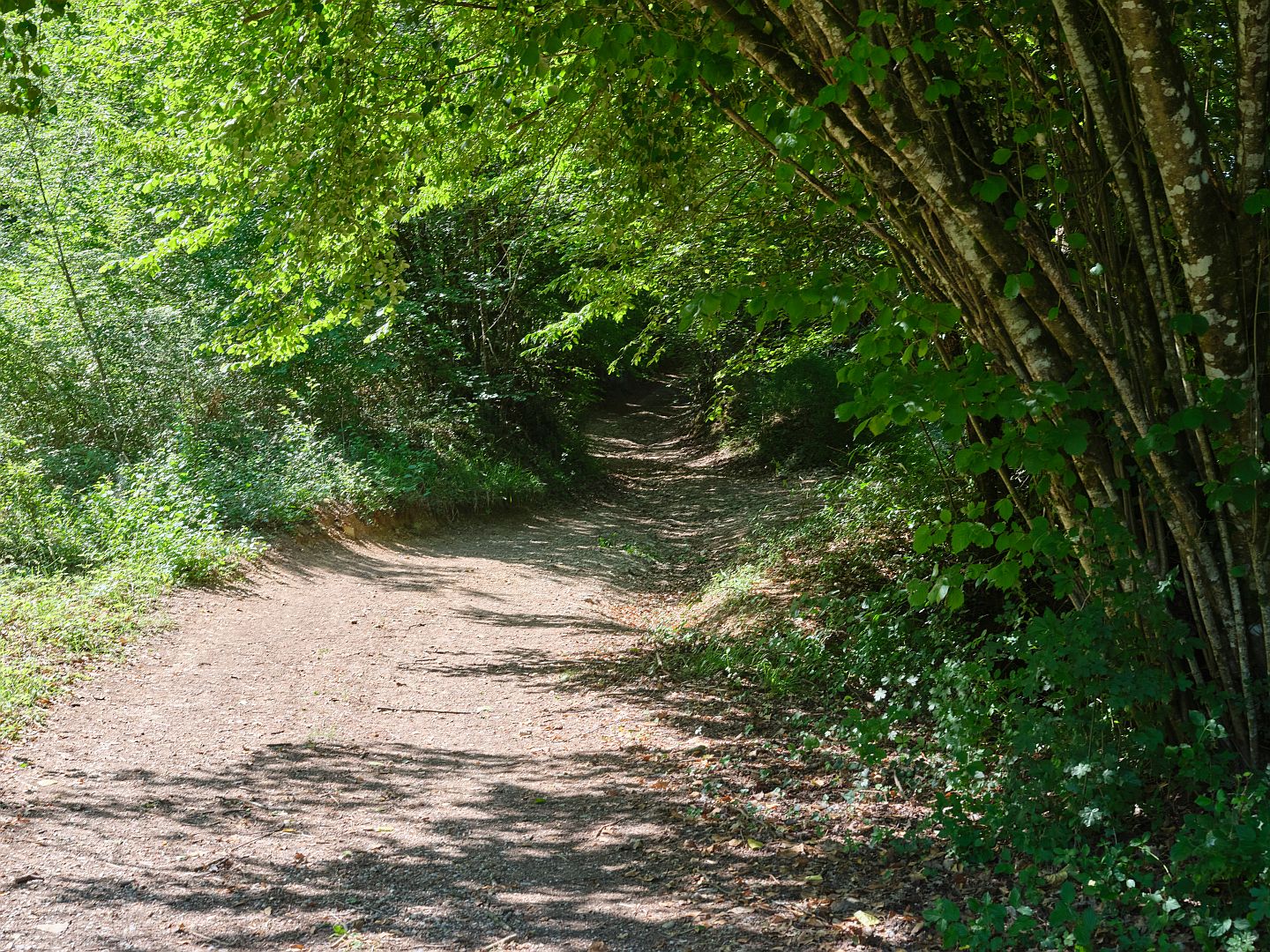Tucked away in an Umbrian wood is a two thousand year old bridge – the Ponte Fonnaia – that bore the legions northwards from Rome on the Via Flaminia.
This is intended as a brief postscript to Carsulae – On the Legions’ Road to Rimini. In that original post we visited the ruins of the Roman town of Carsulae, and I indulged in some flights of fancy inspired by Rudyard Kipling. We ended the post with an imagined legion marching away through the north gate of the town, and disappearing into the woods along the Via Flaminia, the great military road that linked Rome with north-east Italy.
Then more recently a friend told me about an intact Roman bridge a few miles north of Carsulae, so I decided to go and find it.
Finding it turned out to be very easy – it is close to an exit from the E45 motorway near the town of Massa Martana. Although at first when I got to the spot I couldn’t see any bridge. It turned out that the area in which you park your car is almost on top of it.
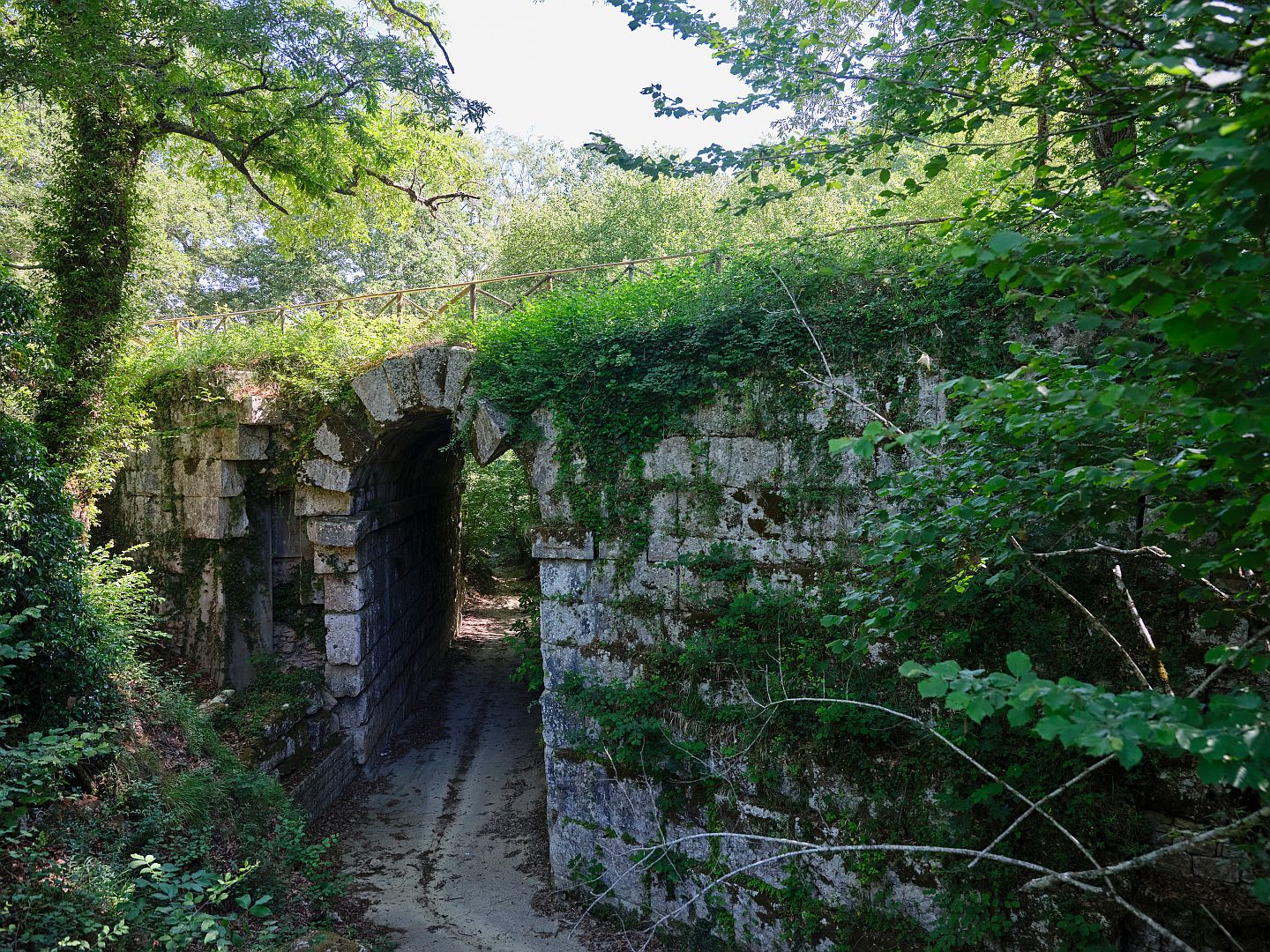
Unlike the Roman Bridge at Pesciano, which is showing the effect of recent restoration, the Ponte Fonnaia looks agreeably old and atmospheric.
The bridge takes the road across a small river – a torrente – called the Naja. It is dry in summer, so you can actually walk under the bridge.
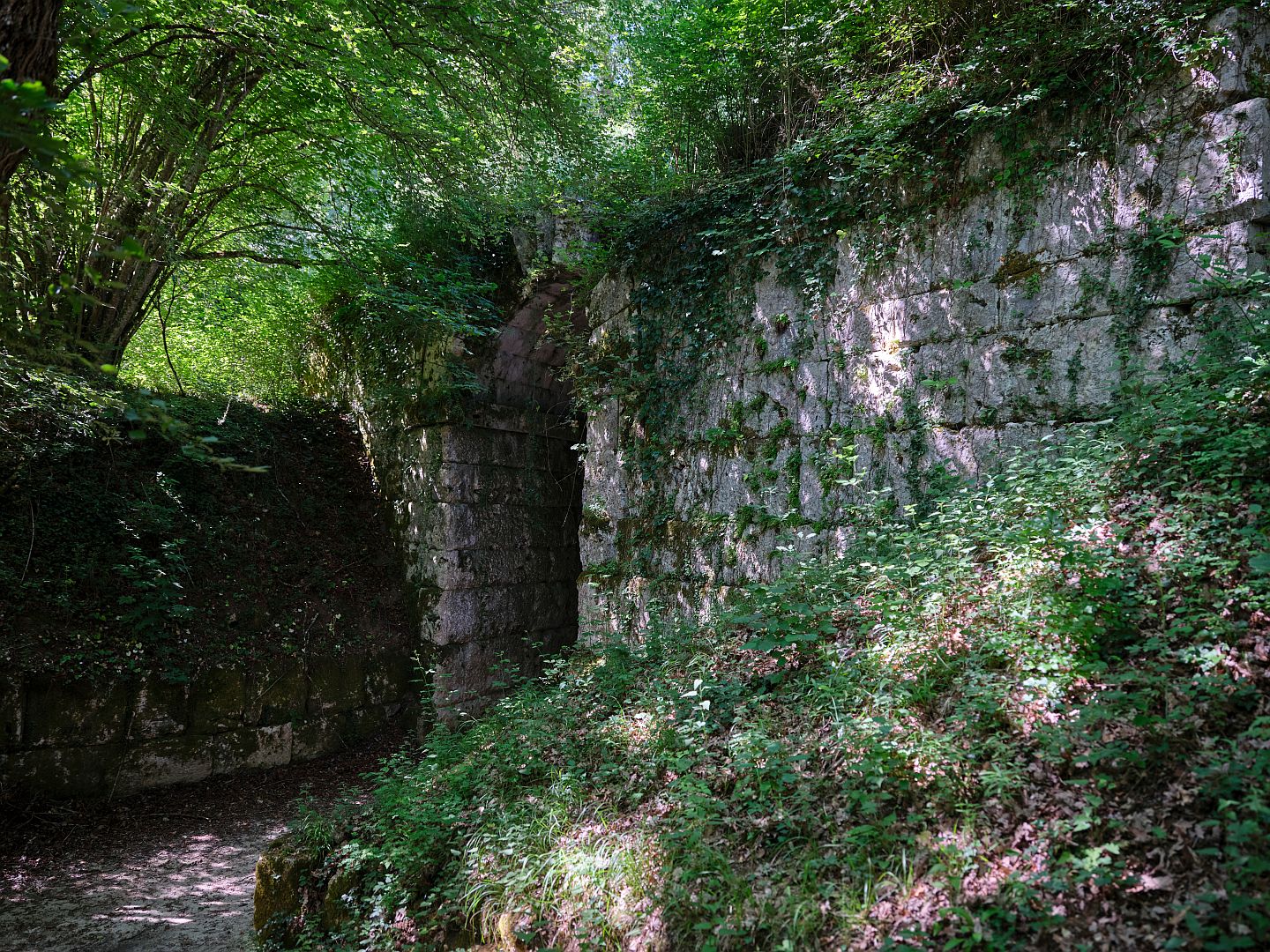
According to the signage at the site, and a web page published by the local municipality, the original bridge was built at the same time as the Via Flaminia, that is around 220 BC. However the structure that is there now dates from a campaign of repairs and upgrades to the road that occurred in 27 AD in the reign of Augustus.
If you do walk under the bridge and look carefully you will see that the stones are inscribed with letters, some of which are Roman numerals (in many cases they are hard to make out due to age).
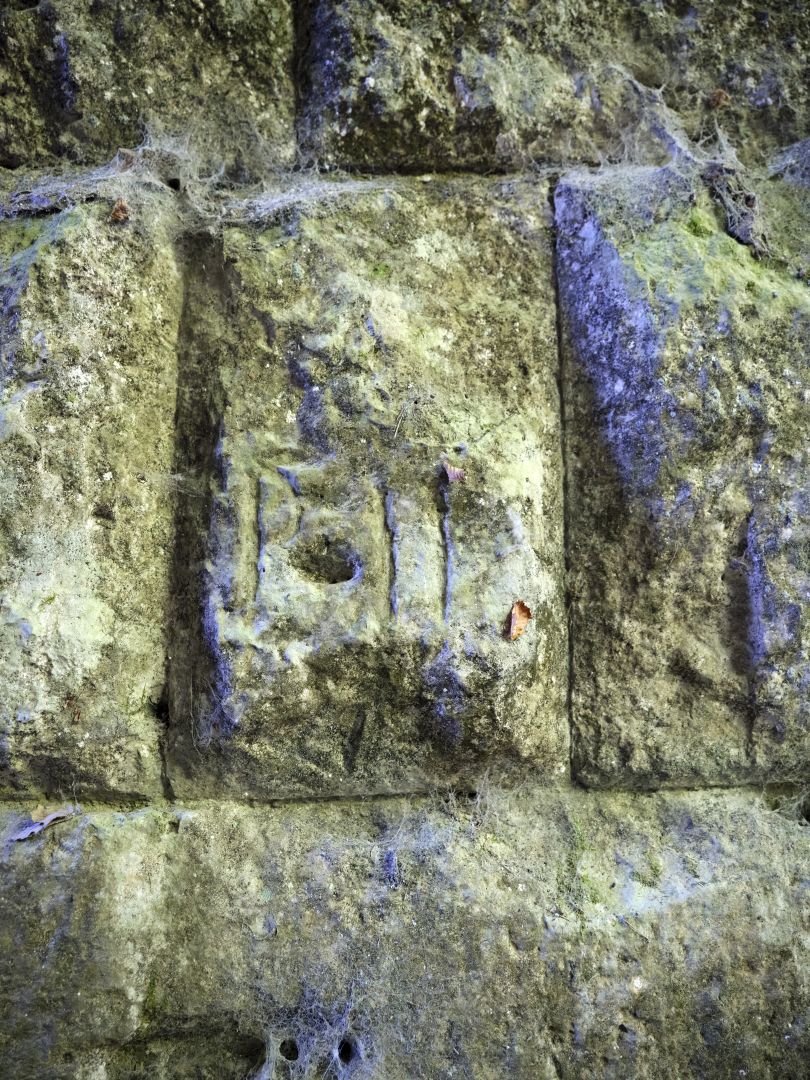
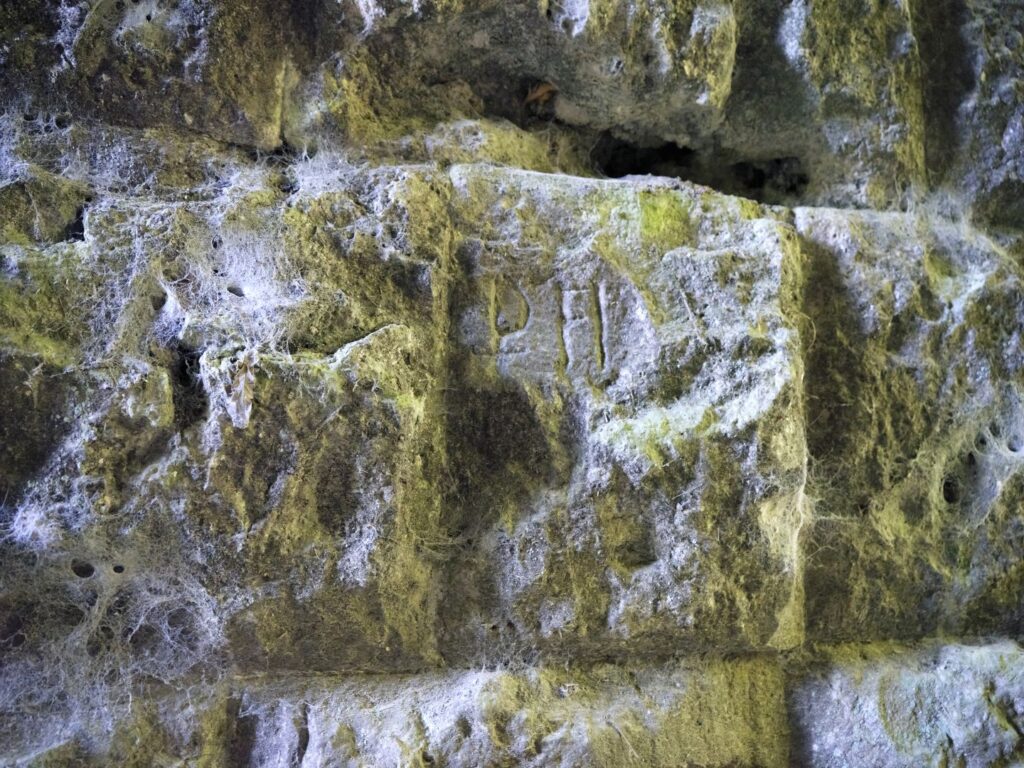
I have read that this is because Roman military engineers took a very organised and standardised approach. When the stones were quarried, they were cut to size at the quarry, and inscribed to show their intended location in the finished bridge.
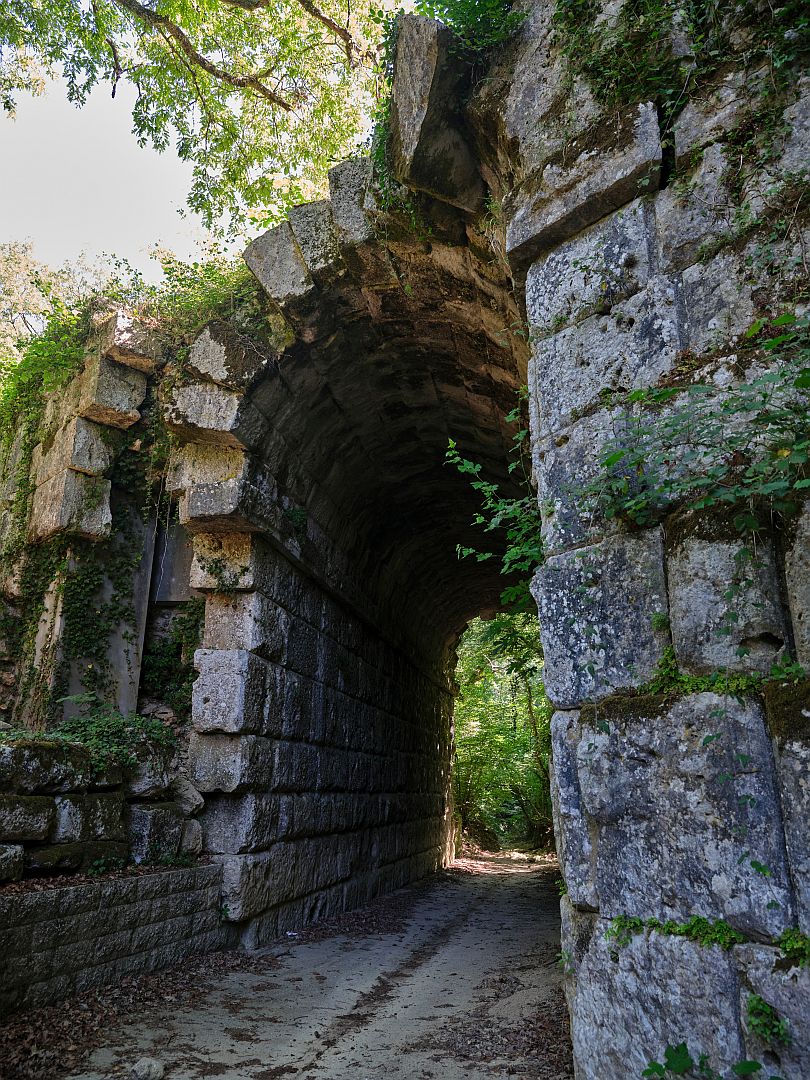
The stones were then shipped to the building site where they could be quickly assembled like an IKEA bookcase, and the construction team could move on to the next job. I do not know whether this is a hypothesis or historically attested fact, but it seems very plausible – we know that Roman military engineers were strong on standardisation.
To the north of here, the Via Flaminia is mostly hidden under modern roads. But to the south, in the direction of Carsulae, it remains a quiet unmade country road, as in the photographs below. It isn’t hard to imagine our imagined Roman legion appearing around the bend, swinging along on the march.
